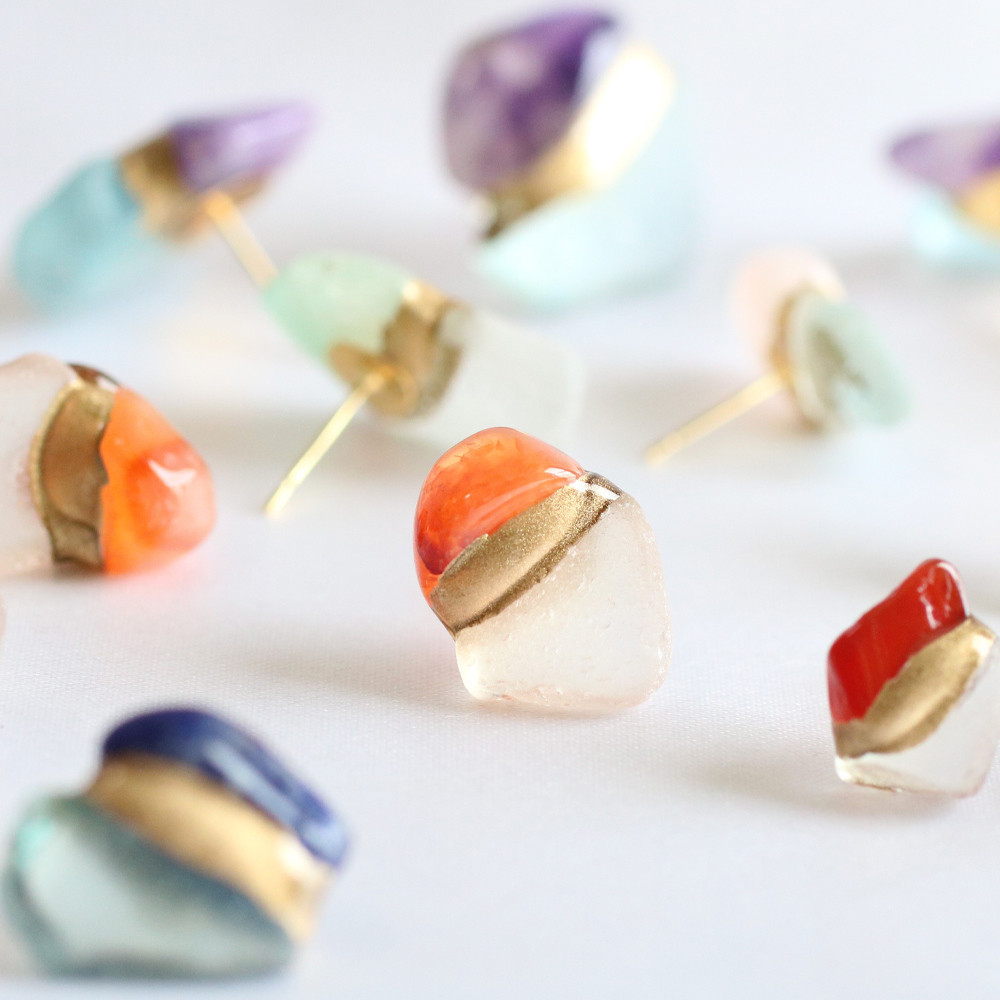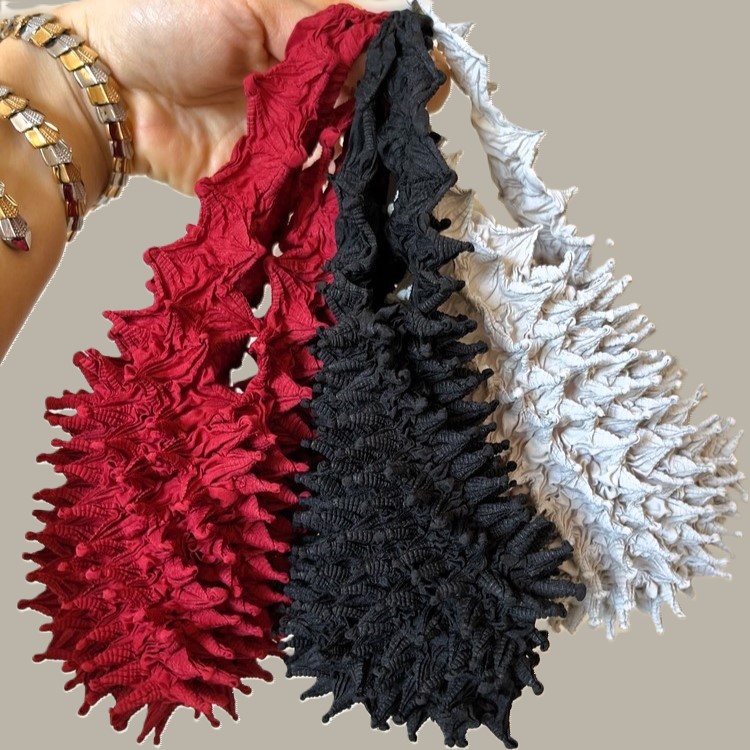Introducing our latest collection: Mystique Geisha Accessories
Since 2020, Haruna from Mie, Japan, has been breathing new life into kimonos, drawn by their timeless elegance and rich history. When she stumbled upon countless kimonos and obis destined for disposal, she felt a deep calling to act. Embracing the cherished “mottainai” principle – a commitment to minimizing waste – she transforms these traditional fabrics with a contemporary flair that feels both fresh and meaningful.
Haruna’s creations are a harmonious blend of past and present. Designed for everyday elegance, each piece is crafted with meticulous attention to detail and a heartfelt passion. With her education from Bunka Women’s University and a spirit of innovation, she infuses each item with a unique essence. Her Level 2 Certification in Color Coordination ensures that every creation enhances the natural beauty of the wearer, making each piece as individual as the person who wears it.
Inspired by global traditions, Haruna seamlessly weaves timeless elements with modern style. She believes in making the beauty and history of kimono materials accessible and irresistibly stylish. Even for those new to kimono fabrics, her designs create a meaningful connection between the wearer and Japan’s rich heritage.
In 2024, Haruna showcased her collection at a trade show in Paris, where her creations were met with enthusiastic admiration. This wonderful response inspired her to share the stories behind her fabrics even more, fostering a deeper appreciation for the cultural legacy they represent. By embracing her work, you help preserve these traditions and celebrate a heritage that is both beautiful and significant. Haruna is sincerely grateful for your support and eagerly looks forward to sharing more of her enchanting creations with you.























